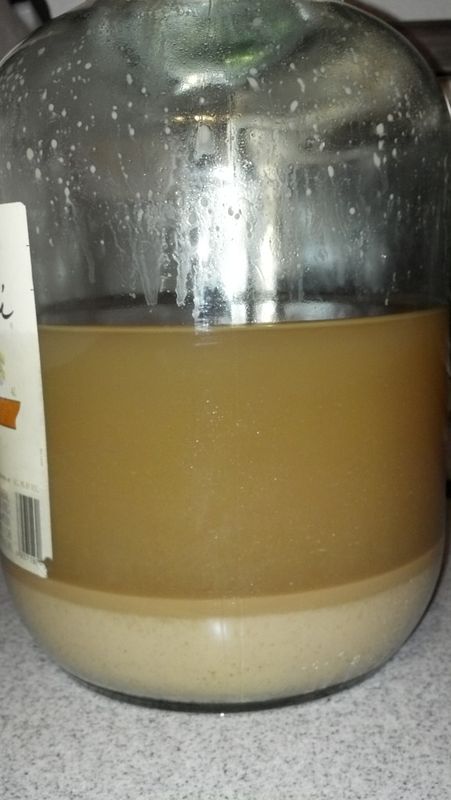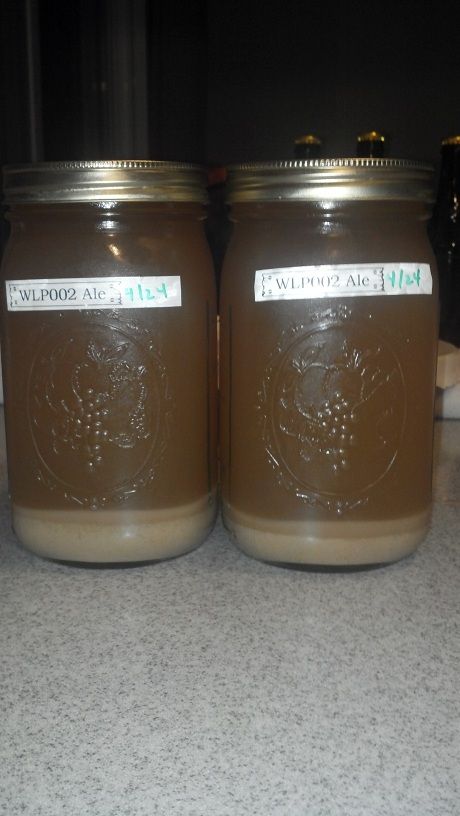Hey gang,
I have read/consumed the washing sticky and still can't get mine to separate.
My last batch I added a full gal of water to the primary, swirled like mad, let it sit for 20 mins and it was completely separated into yeast and diluted beer.
So I decanted off most of the diluted beer and sent it into my growler. 20 minutes later I have 2 layers, diluted beer and yeast.
My question is this. Since I primary for 4 weeks usually, could this be having an affect on my success?
Thanks in advance
Toy4Rick
I have read/consumed the washing sticky and still can't get mine to separate.
My last batch I added a full gal of water to the primary, swirled like mad, let it sit for 20 mins and it was completely separated into yeast and diluted beer.
So I decanted off most of the diluted beer and sent it into my growler. 20 minutes later I have 2 layers, diluted beer and yeast.
My question is this. Since I primary for 4 weeks usually, could this be having an affect on my success?
Thanks in advance
Toy4Rick





 )
)